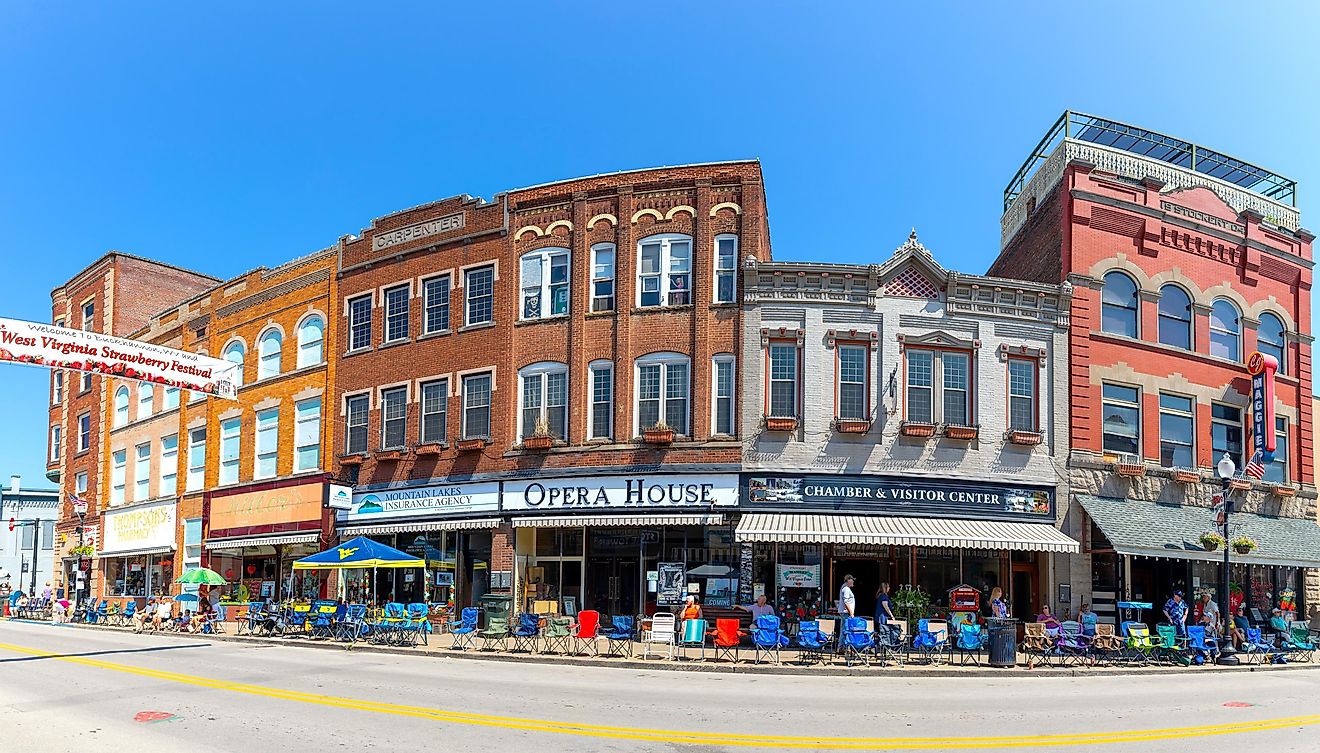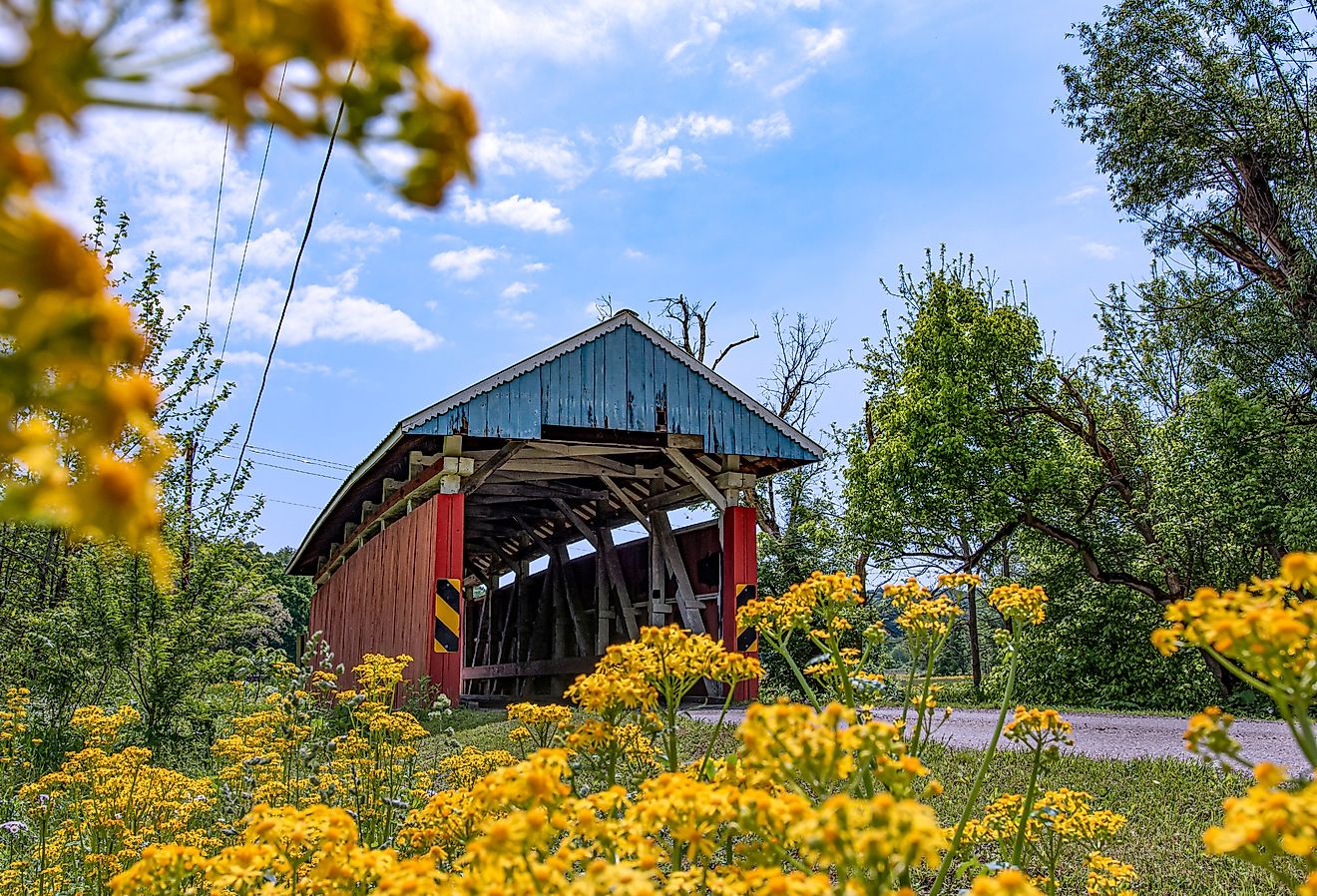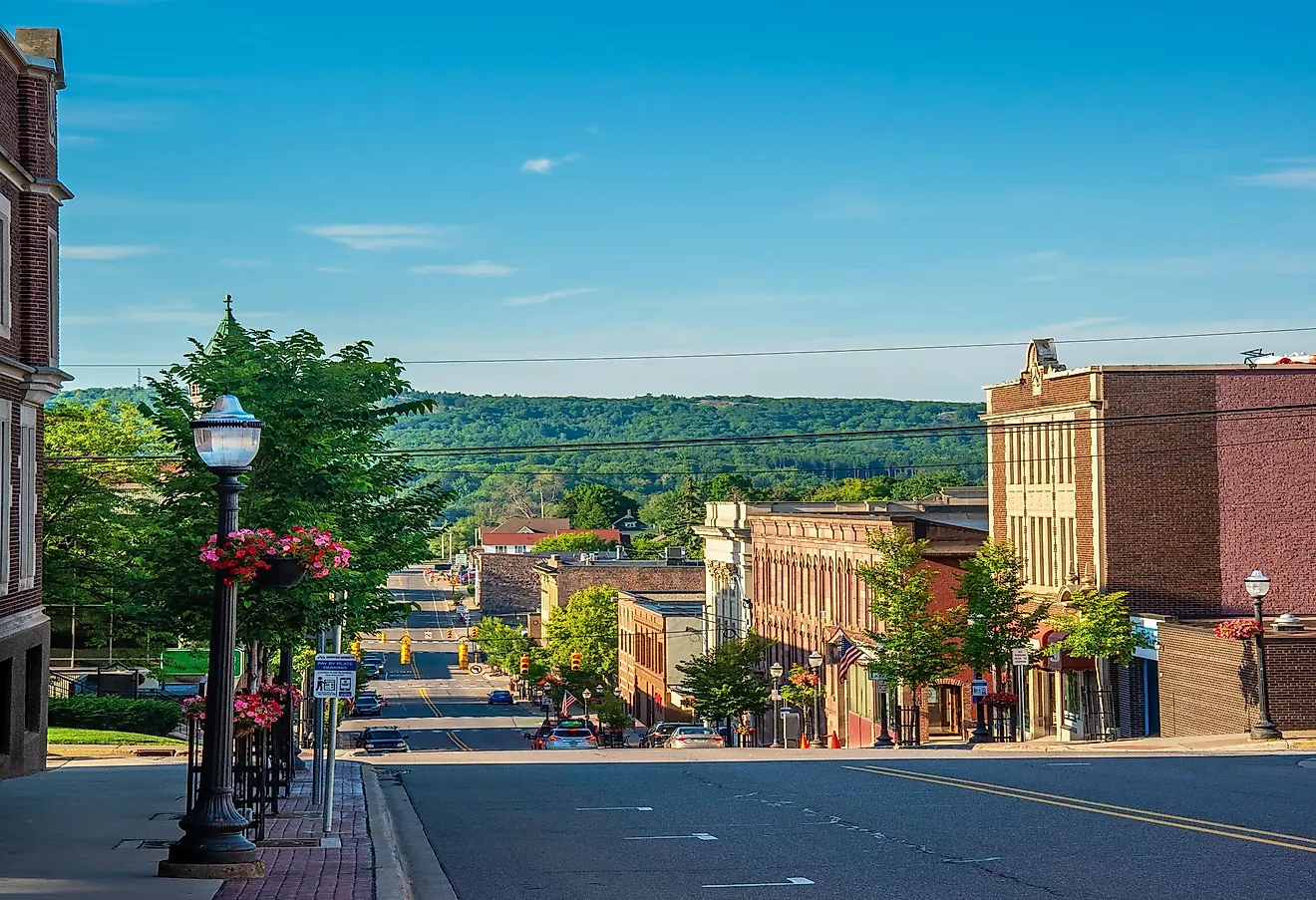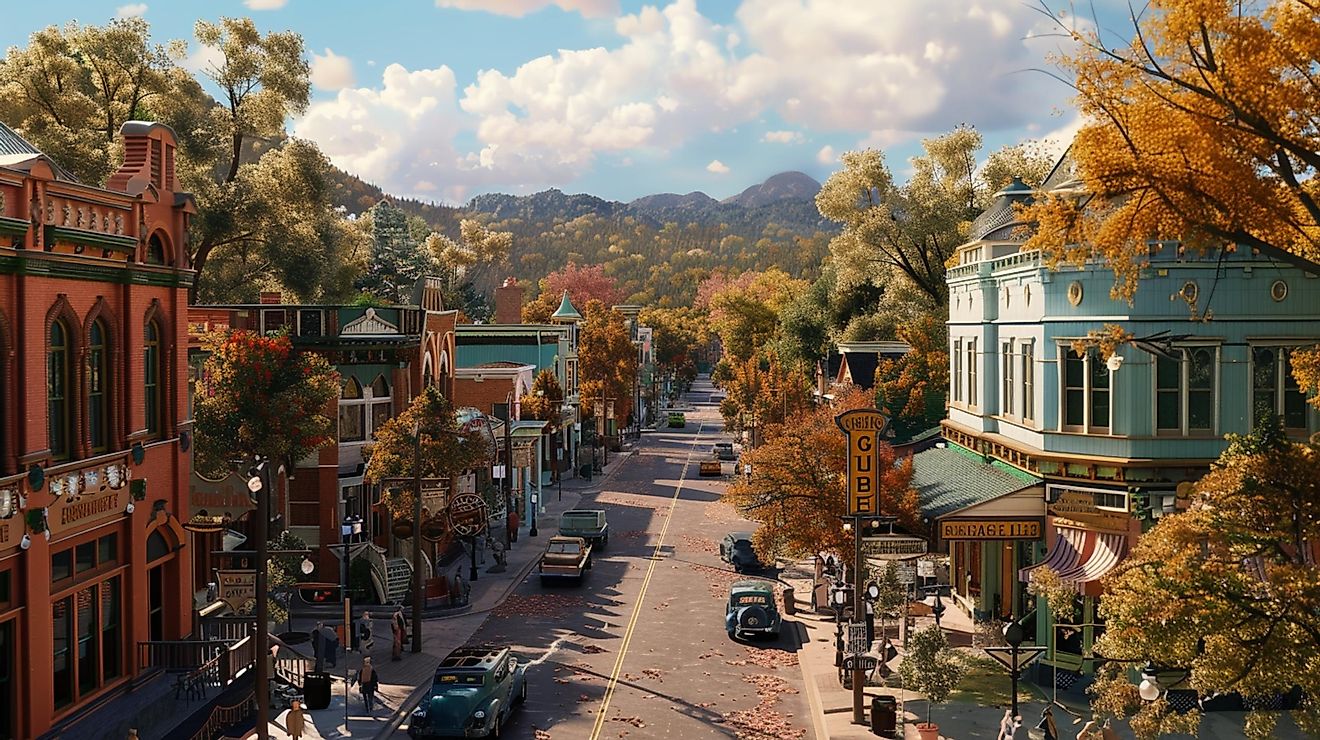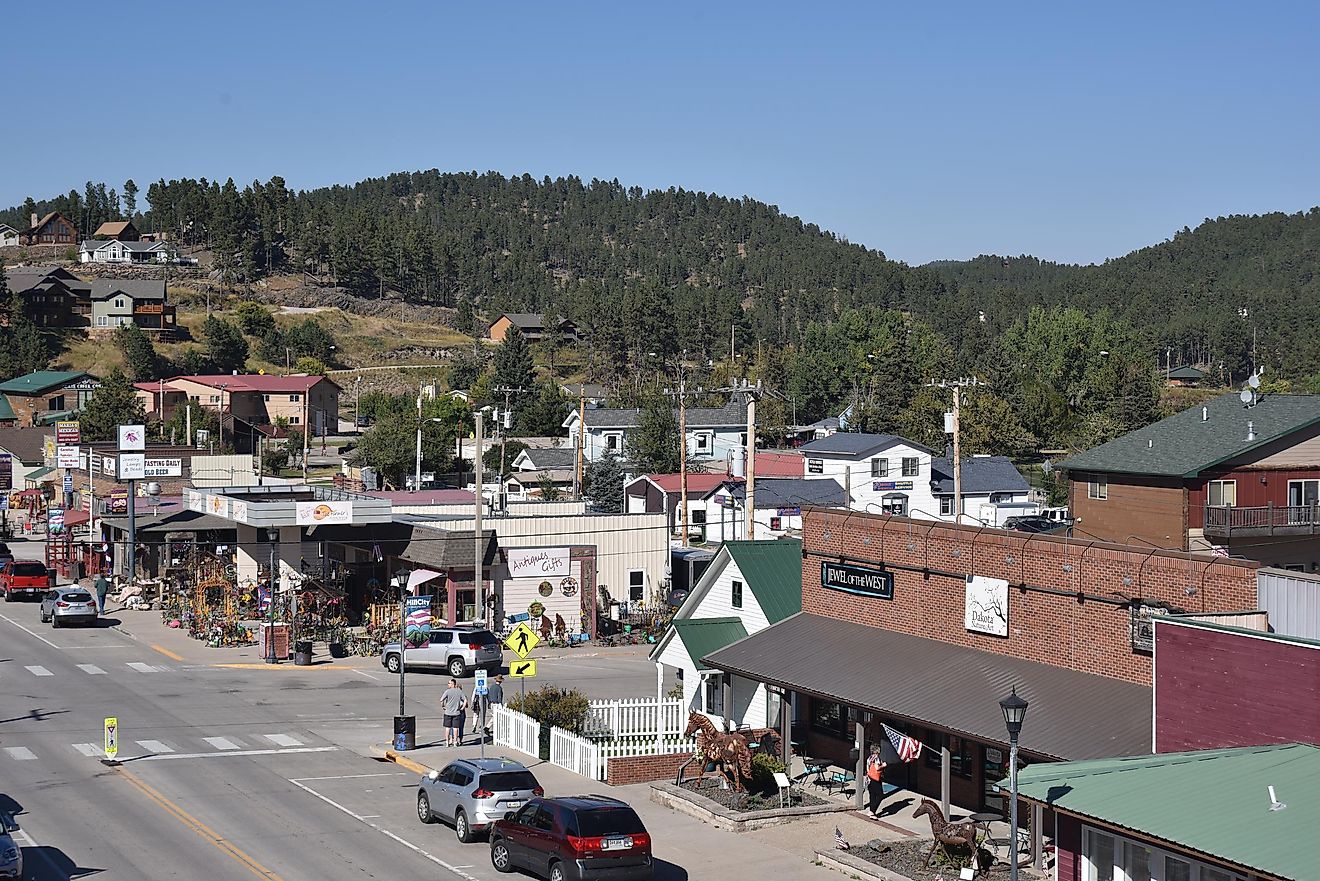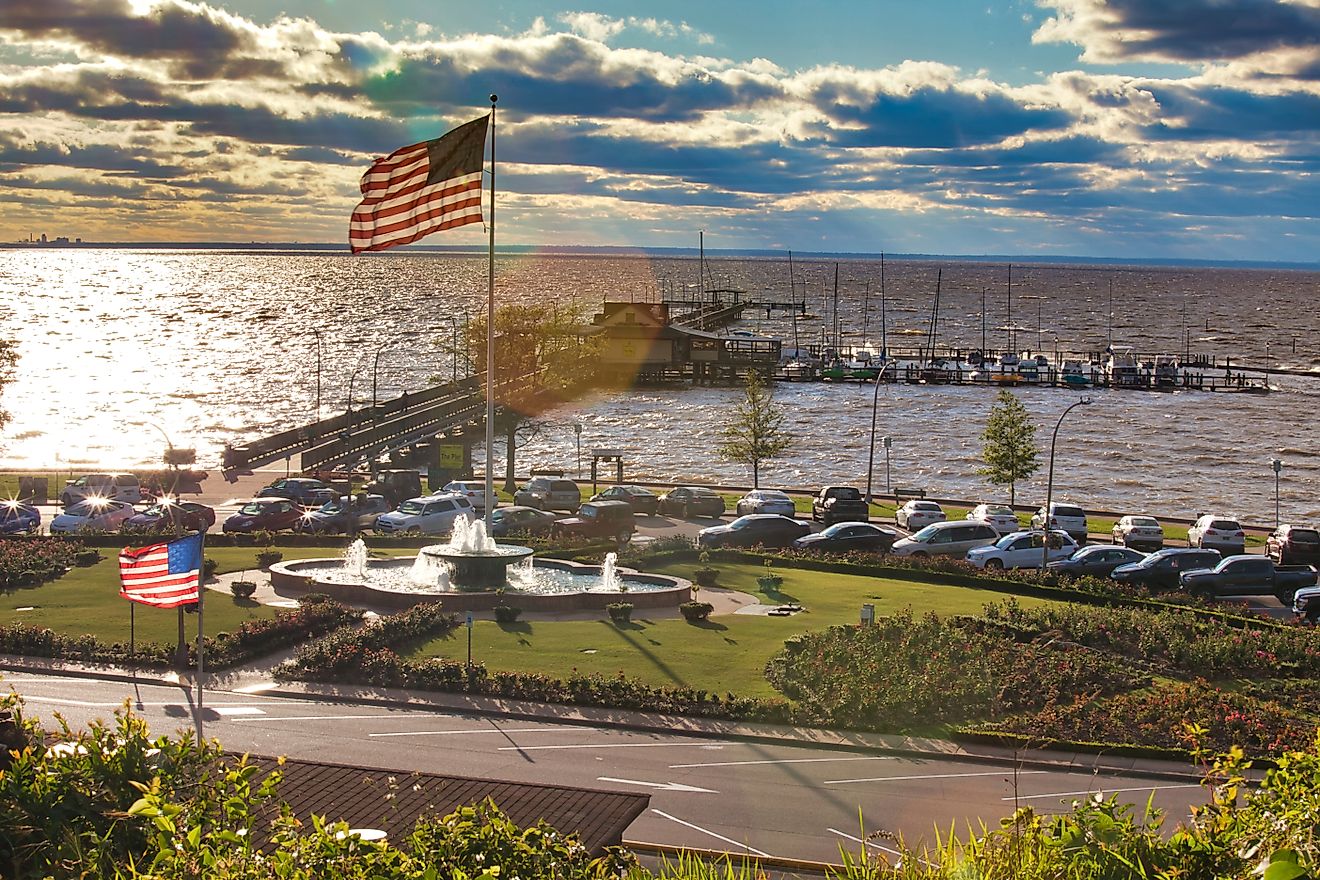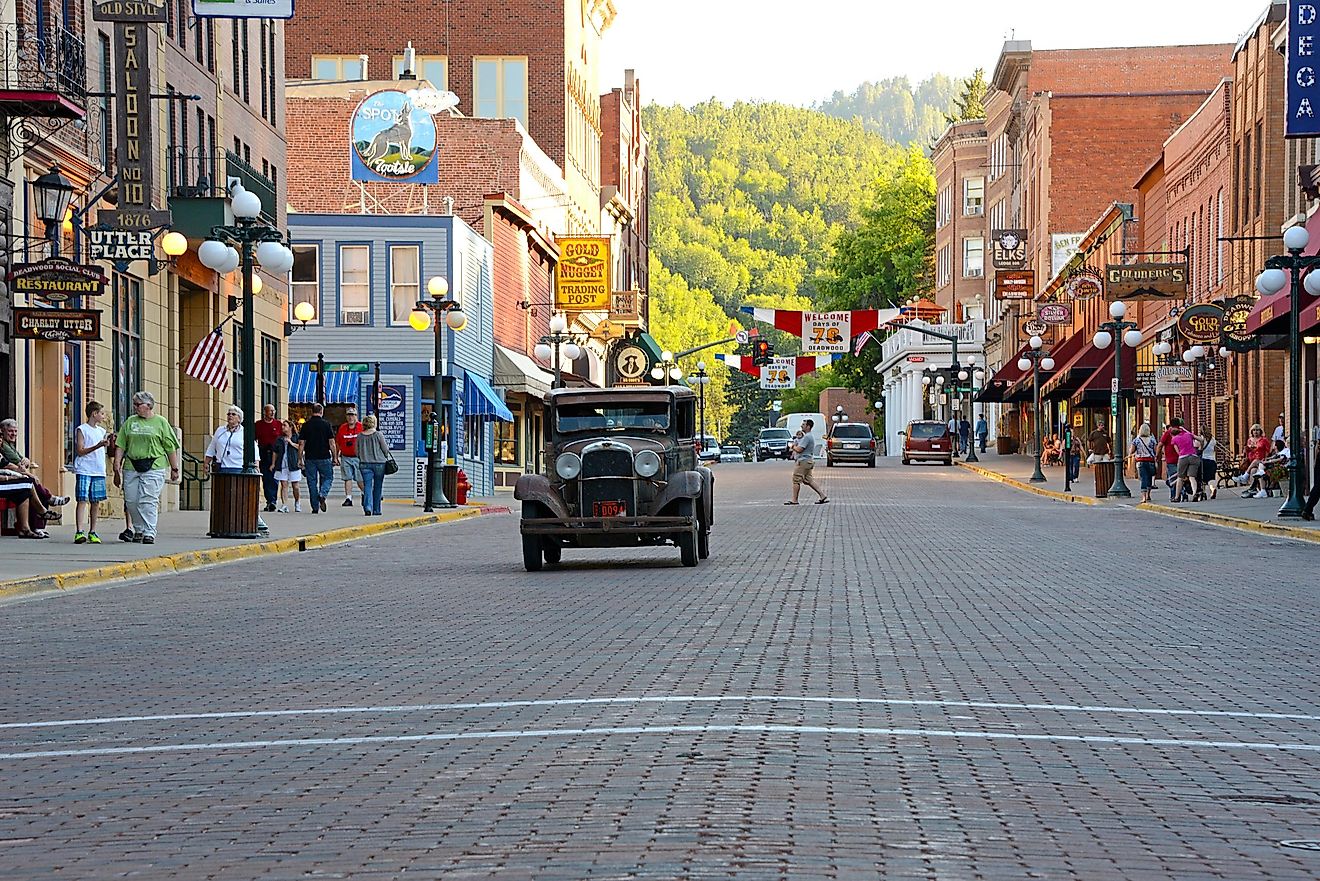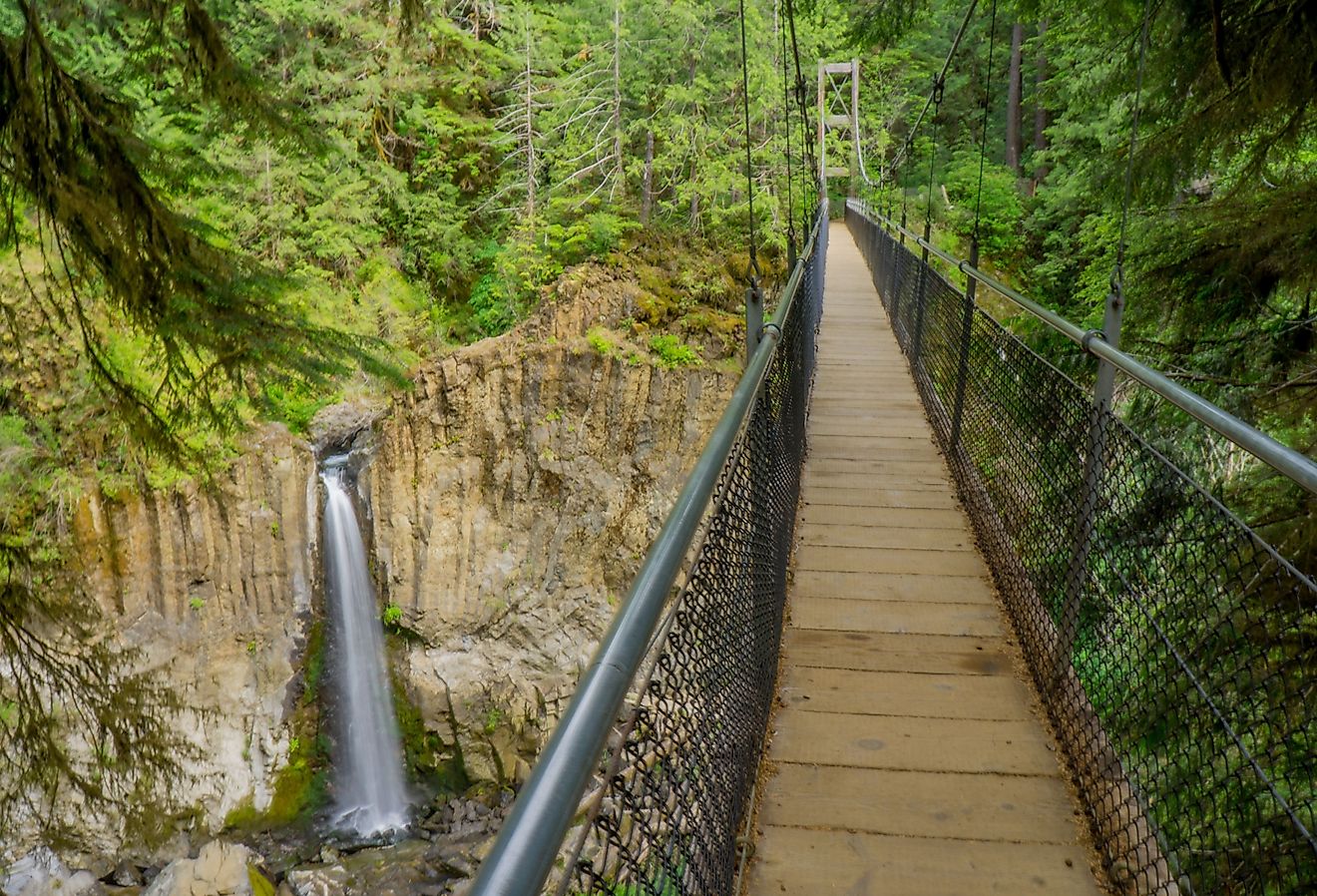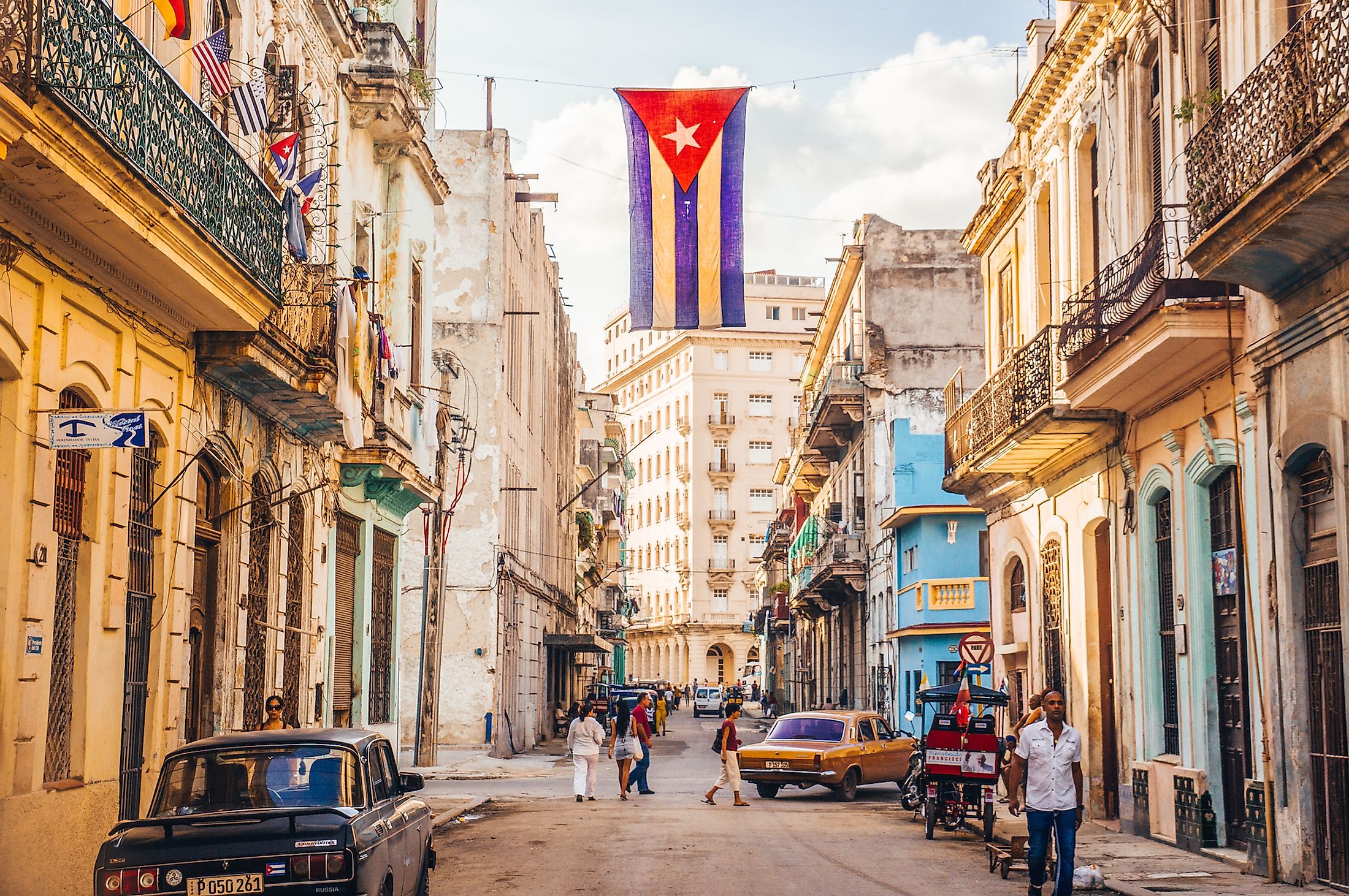
Havana, Cuba
Havana, or La Habana in Spanish, is the capital of Cuba, the largest island country in the Caribbean Sea. It is a coastal city with a sheltered harbor that has historically attracted significant trade and commerce. Havana is also the largest city in the entire Caribbean region, with a population that dwarfs those of other Caribbean localities. The city began as a colonial Spanish outpost. Over the centuries, it grew into a large, cosmopolitan city. Today, much of the Cuban capital is in a state of disrepair due to a crippling, decades-old US embargo and mismanagement by the country’s communist government. Nevertheless, Havana still boasts marvelous, historic architecture, and is a popular tourist destination.
Geography
The name “Habana”, as it is written in Spanish, most likely comes from the name of an indigenous Taino chief named Habaguanex. The city, which covers a total area of 781.58 sq.km, is situated on the northern coast of Cuba. Its harbor, known as Havana Port, is sheltered by two small peninsulas, in the middle of which is the Canal de Entrada, which leads into the Bahia de la Habana (Havana Bay). The Rio Almendares (Almendares River), which originates in a lake south of Havana, flows through the western part of the city before draining into Havana Bay.
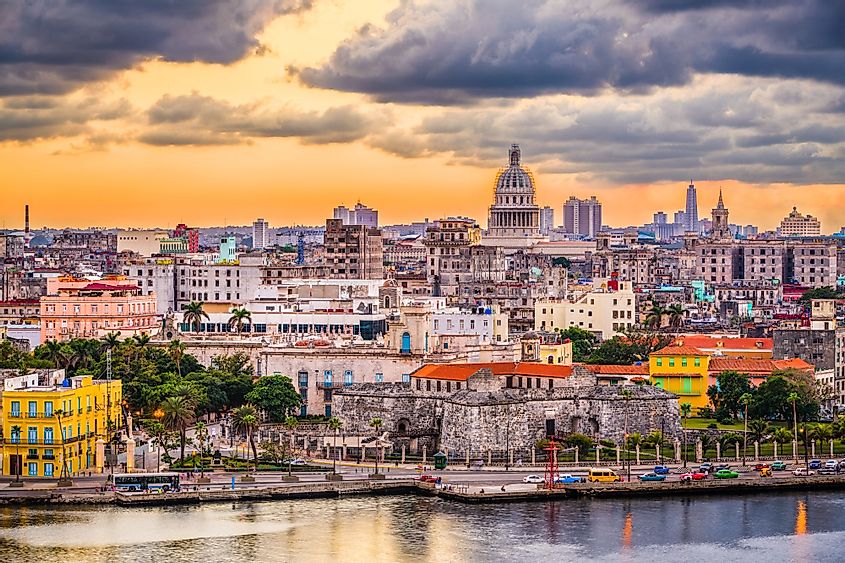
The modern city of Havana is divided into three distinct areas: Old Havana, Vedado, and the newer suburbs. Old Havana is characterized by narrow streets and overhanging balconies. It has historically been a center for commerce, industry, and entertainment, though it is also a residential area. Vedado is a newer section of the city, located in the north and west. Between Vedado and Old Havana is Centro Habana, which is mainly a shopping district. Though it can be described as a distinct area of the city, it is also considered an area of Vedado.
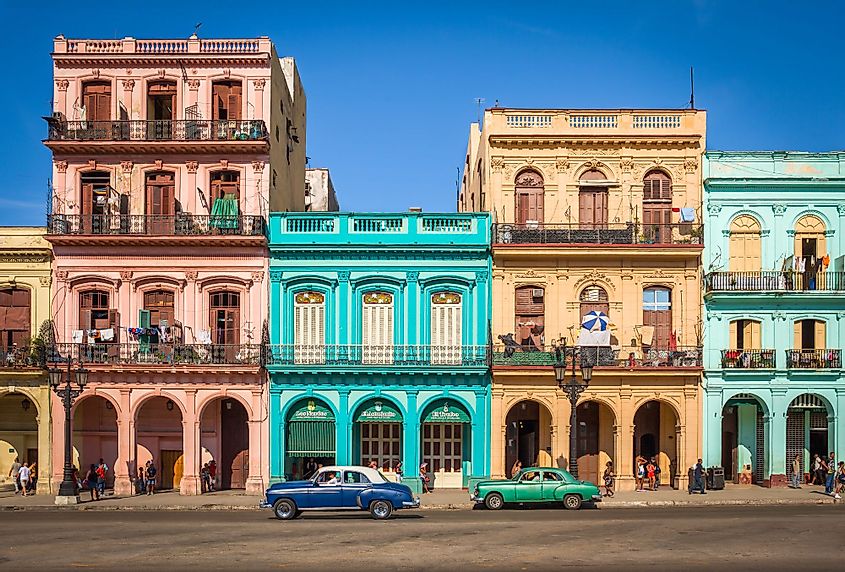
To the west of Vedado are the suburbs of Havana, among which are Marianao and Miramar. Marianao dates back to the 1920s. After the Cuban Revolution of 1959, many of its buildings were nationalized and turned into schools, hospitals, and government offices. The suburb also used to have private country clubs, but these were also nationalized and turned into public recreation centers. In contrast, the suburb of Miramar remains an exclusive area, characterized by mansions, foreign embassies, diplomatic residences, upscale shops, and facilities for wealthy foreigners.
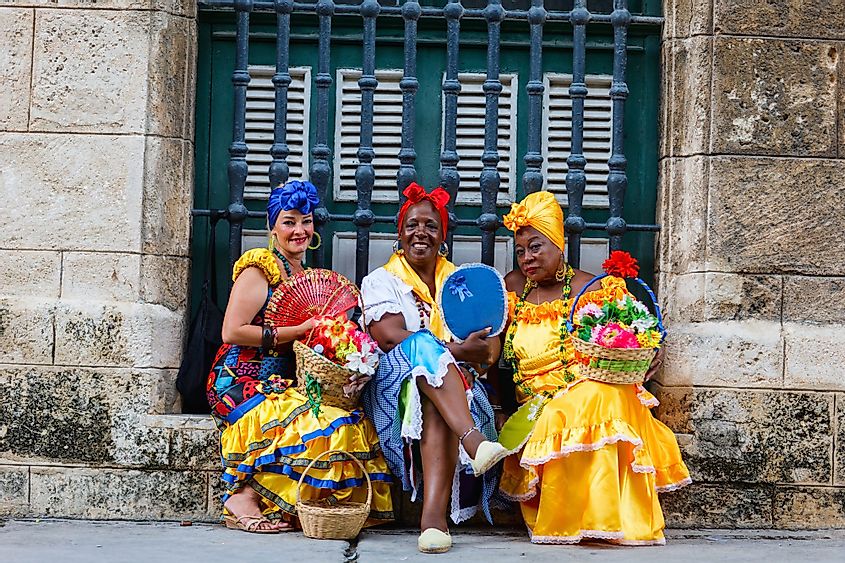
Demographics
Havana is home to about 2.1 million people, which makes it the largest city in both Cuba and the entire Caribbean region. People who live in the city are typically called Habaneros. According to the 2012 census, 58.4% of Habaneros were classified as white (mostly Spanish ancestry), 26.4% mixed, 15.2% black, and 0.2% Asian. Most of the Asians in Havana are of Chinese ancestry. They are mainly descendants of Chinese laborers brought into the country by Spanish settlers in the mid-19th century. There is also a sizeable Russian community of about 3,000 in Havana. Most of them are women married to Cuban men that went to the Soviet Union to study. In addition, several thousand pre-teen and teenage North African refugees call Havana home.
Roman Catholics are the largest religious group in Havana. Before the revolution, there was also a sizeable Jewish community of more than 15,000 in the city, many of whom fled persecution in Europe at the hands of the Nazis. After the revolution, however, many of Havana’s Jews fled to Miami, Florida and Israel. Havana also has communities of Protestants, Jehovah’s Witnesses, and followers of Santeria, which is an Afro-Caribbean religion that is based on the beliefs of the Yoruba ethnic group in Western Africa, as well as elements of Roman Catholicism.
Economy
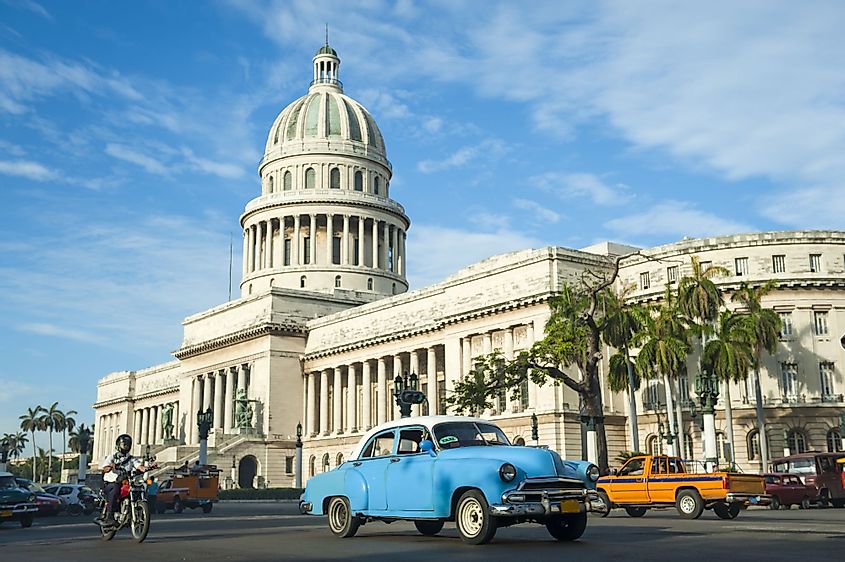
Cuba’s economy is still largely based on communist ideology. Havana is no exception to this, though some market reforms have been instituted in the last two decades. Nevertheless, the economy in Havana and Cuba as a whole remains stagnant. Many of the city’s buildings have fallen into disrepair. The sugar industry, which has been the mainstay of the Cuban economy for the past 300 years, is largely concentrated outside Havana. Still, the Cuban capital is home to light manufacturing facilities, meat-packing plants, chemical and pharmaceutical operations, food processing, ship-building, vehicle manufacturing, alcoholic beverage production (especially rum), textiles, and of course, tobacco products, particularly world-famous Cuban cigars. Tourism is also an important and growing industry in Havana. The city receives about 1.2 million foreign tourists every year.
History
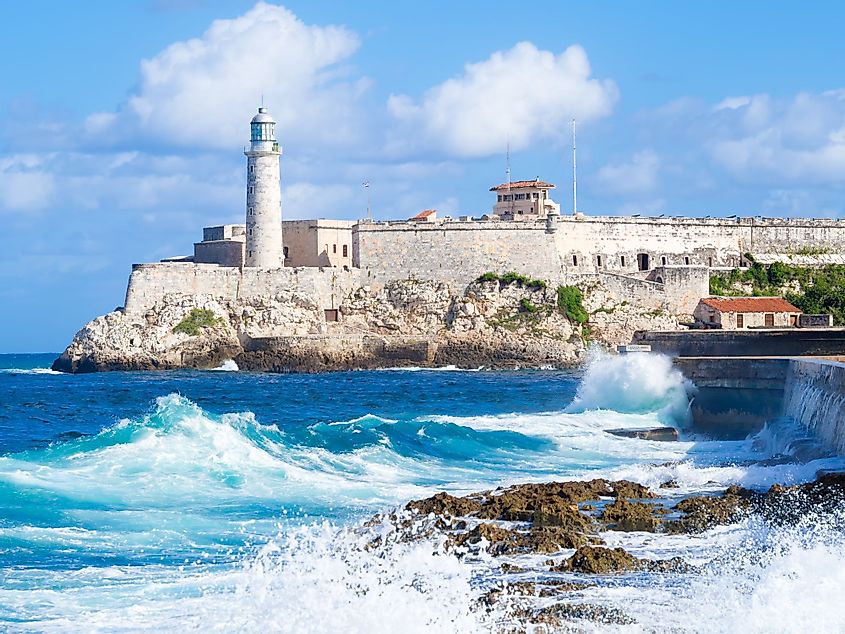
The first people to inhabit Cuba were the Guanajatabey people, who migrated to the island from South America. They were followed by the Taino and Ciboney people, who migrated from the Orinoco delta, now located in Venezuela. The location of what became Havana was first visited by Europeans in 1509, when Sebastián de Ocampo circumnavigated the entire island of Cuba. One year later, Spanish colonists from the island of Hispaniola came to Cuba and began conquering the island. The city of Havana was founded on August 25, 1515, by a conquistador named Diego Velázquez de Cuéllar.
Havana was a frequent target of pirates, buccaneers, and French corsairs, so the Spanish colonists began building fortifications in the city to defend it. By a royal decree made in 1561, all ships bound for Spain were required to assemble in Havana Bay, which boosted commerce in the area and led to the growth of the city of Havana. The city became an important trade port. It also became an outpost of agriculture as the ships that gathered in Havana Bay needed to be supplied with food, water, and other essentials before they could embark on their ocean voyages. In 1563, Havana became the de facto capital of the island when the Spanish Governor moved there from Santiago de Cuba. In 1592, the King of Spain formally gave Havana the title of city.
By the mid-18th century, Havana was a city of approximately 70,000 people, making it the third largest city in the Americas, behind Lima, Peru and New York City. Havana’s fortifications, many of which were built in the 17th century, withstood attacks until August 1792, when the British besieged the city, then occupied it for a period of six months until the Treaty of Paris that ended the Seven-Years War and restored Spanish rule over Cuba. But in the six months of British rule, the British transformed Havana significantly by importing slaves from Africa and opening up trade to its North American and Caribbean colonies.
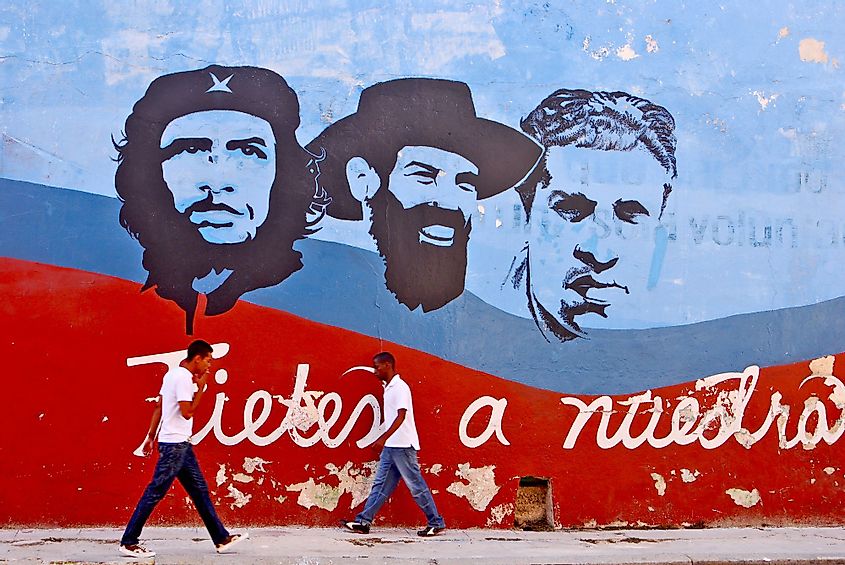
By the end of the 18th century, Havana became a popular destination for bankers, merchants, and craftsmen from Europe, giving the city a very cosmopolitan atmosphere. Spanish rule in Cuba would end in 1898, when the United States invaded the island during the Spanish-American war. Four years later, the Americans granted Cuba its independence. In the decades that followed, Havana would become popular with American businesses and tourists. The city attained the status of having Latin America’s biggest middle class per capita. With Havana’s growing prosperity, however, also came growing corruption and crime.
In 1959, Fidel Castro assumed power in Cuba following a revolution that deposed the US-backed government of Fulgencio Batista. He quickly established a one-party, communist state, nationalizing all private property and businesses on the island, which prompted the United States to impose a crippling embargo on the country. When the Soviet Union collapsed in 1991, Cuba lost billions of dollars in subsidies that the USSR once provided to the communist island country. In response, the Cuban government turned to tourism for revenue. New hotels have been built in Havana to service the city’s growing tourism sector. Some of historic Havana has also been rehabilitated for tourism purposes. Nevertheless, much of the city, especially Old Havana, remains dilapidated.
